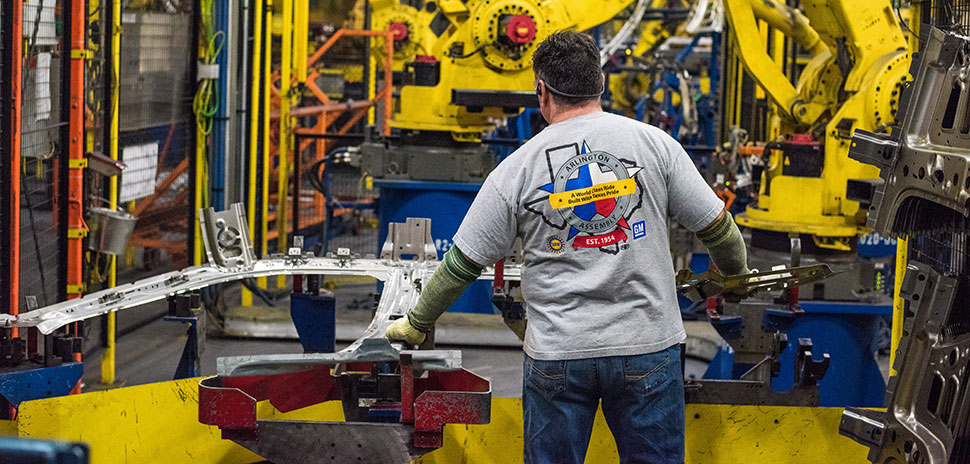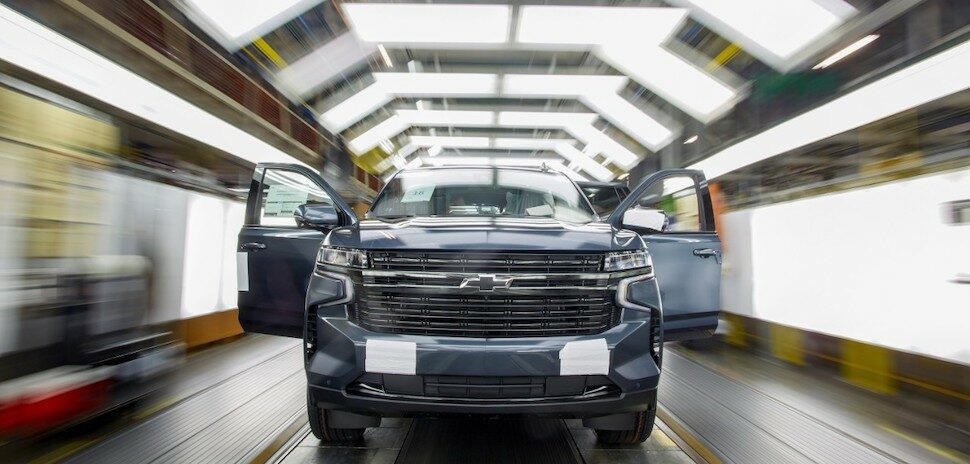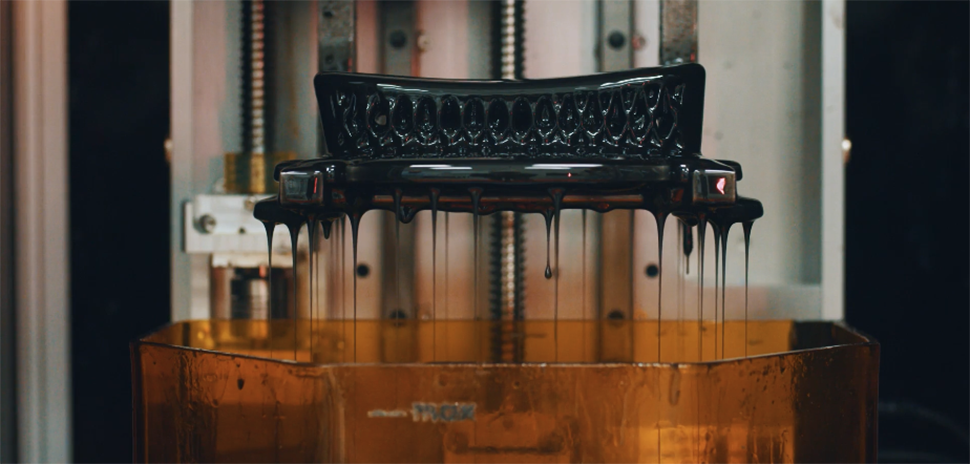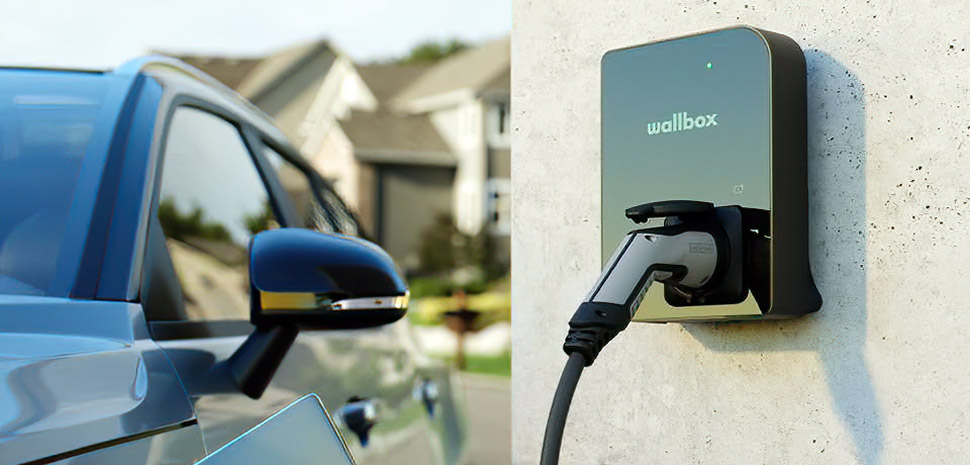Robots have a new job at General Motors Assembly Plant in Arlington.
With a full-size SUV rolling off the assembly line every minute, 24 hours a day, six days a week going to customers all over the world, there’s no time to waste. The 62-year-old plant churned out a record 352,000 SUVs in 2015.
A $1.4 billion expansion and overhaul also are underway now that will update technology and increase production and efficiency by 2018. Technological improvements will include the “digital eye” verification, which will error-proof the body shop portion of the assembly line, Patrick Hernandez, a spokesman for the Arlington plant, said.
Brad Smith, operations manager in the body shop, has been with GM for 22 years continuously and worked at the plant as a teenager before that. So, he remembers the days before automation.
Now, robots work in a perfectly synchronized dance to weld, lift, and assemble the thousands of parts that make a Chevrolet Tahoe, Suburban, GMC Yukon, or Cadillac Escalade. Parts still need to get from point A to point B in the cavernous general assembly plant. And that requires humans to drive the transports or roll a cart around, but that’s changing fast.
Just in the last few months, the plant debuted new robotic carts that follow a predetermined path to deliver parts to the line. The carts, called automated guided carts, optimize workflow by delivering parts in a safe and consistent manner.
Tape on the floor sets waypoints so the robot knows where to stop and to check for pedestrians or other vehicles. One robot follows a continuous loop delivering all the parts to build the four doors on an SUV. The robot unhitches the cart and returns for a new load.The tape can easily be moved around to alter the robot’s path.
The robotic carts are not part of the plant expansion, they’re a separate initiative that’s being incorporated in other GM plants. The company wouldn’t disclose specific numbers on production and efficiency advantages.
For the axle assembly, the robot travels much farther and requires a wireless router so workers can track it. In the next few months, the plant will add similar automation to move gas tanks and shock absorbers to the line.
In the body shop, machines have been doing precision welds for decades. Using cameras, the welds can be done with a tolerance of one millimeter. Each SUV has 4,000 welded points.
“It’s that repeatability, people can still weld but a robot’s going to put the weld in the same spot every time,” Smith said.
Here are some fast facts about the GM Assembly Plant:
- GM originally planned to build the plant in Fort Worth until Arlington Mayor Tom Vandergriff stole it away for his city. It opened in 1954 and made cars for all the GM brands. It even made airplane parts at one time. The plant switched to trucks in 1997 and started making SUVs in 1999.
- Now, it makes SUVs exclusively and is the only plant in the world that makes the Tahoe, Suburban, Yukon, and Escalade. The SUVs start at $40,000, but the most expensive Escalade can easily cost more than $110,000.
- The biggest market outside of the United States is in Russia and the Middle East.
- The expanded plant will grow from 4.3 million square feet to 4.7 million square feet.
- The SUVs come in short and long wheel bases, two and four-wheel drive, 5.2 liter, and 5.7 liter engine sizes and an almost unlimited amount of other options.
- GM signed a power purchase agreement to receive 115 million kilowatt hours of wind power from the Hidalgo Wind Farm in Edinburg in far south Texas. The wind will produce enough electricity to power half of the plant’s needs.
- Approximately 1,200 vehicles are produced daily.
- GM pays $1 Million in wages every day at the Arlington Assembly plant.
Photos by Michael Samples:
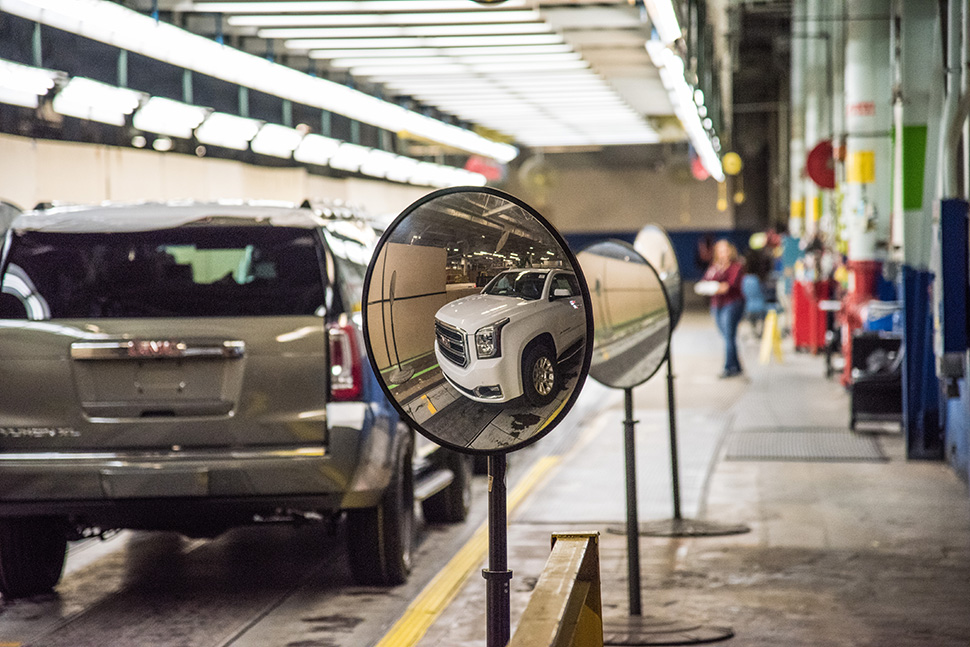
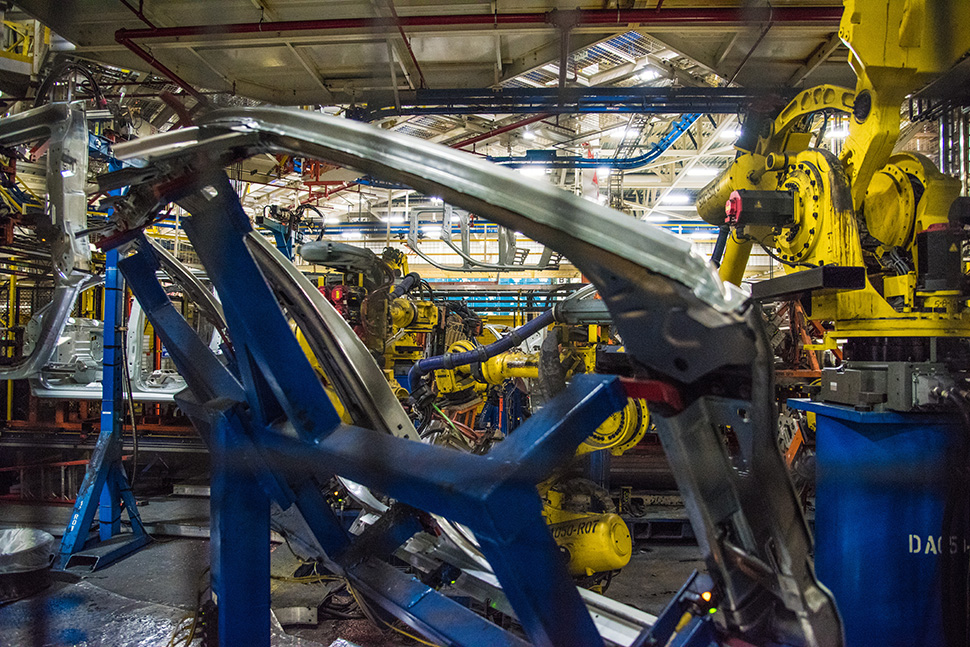
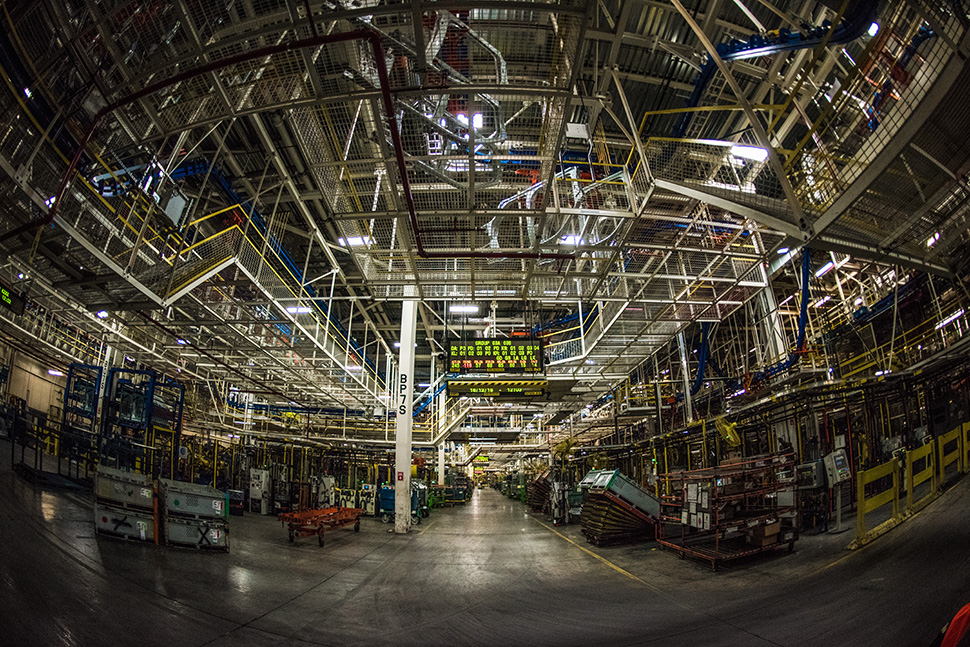
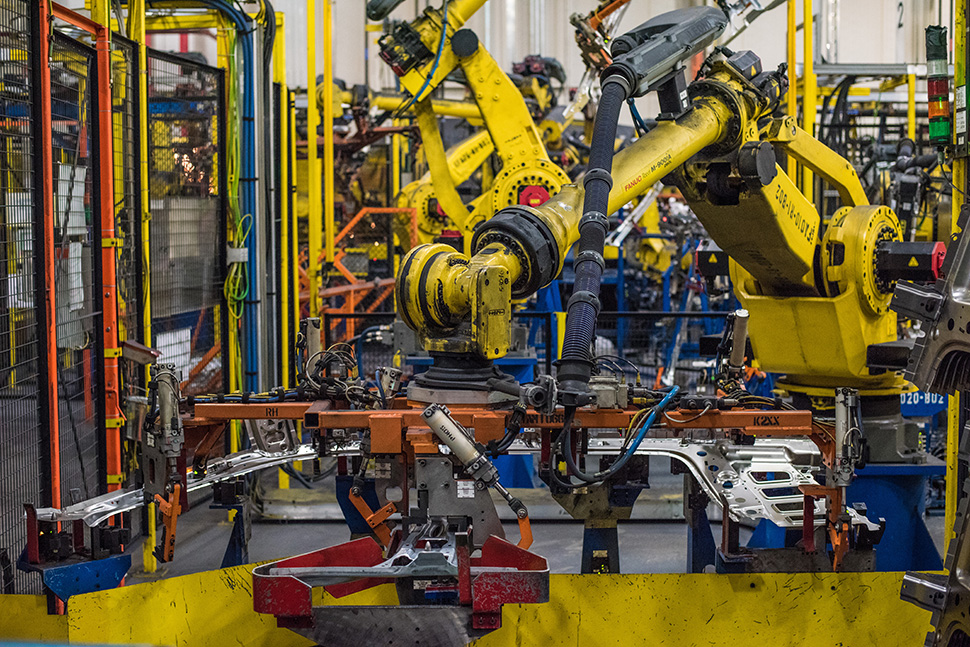
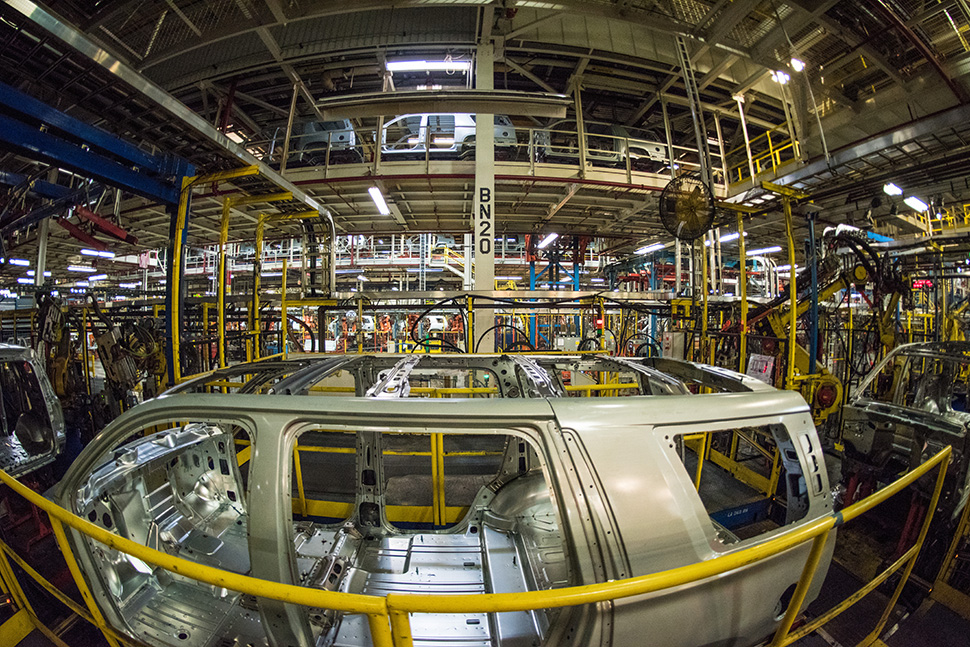
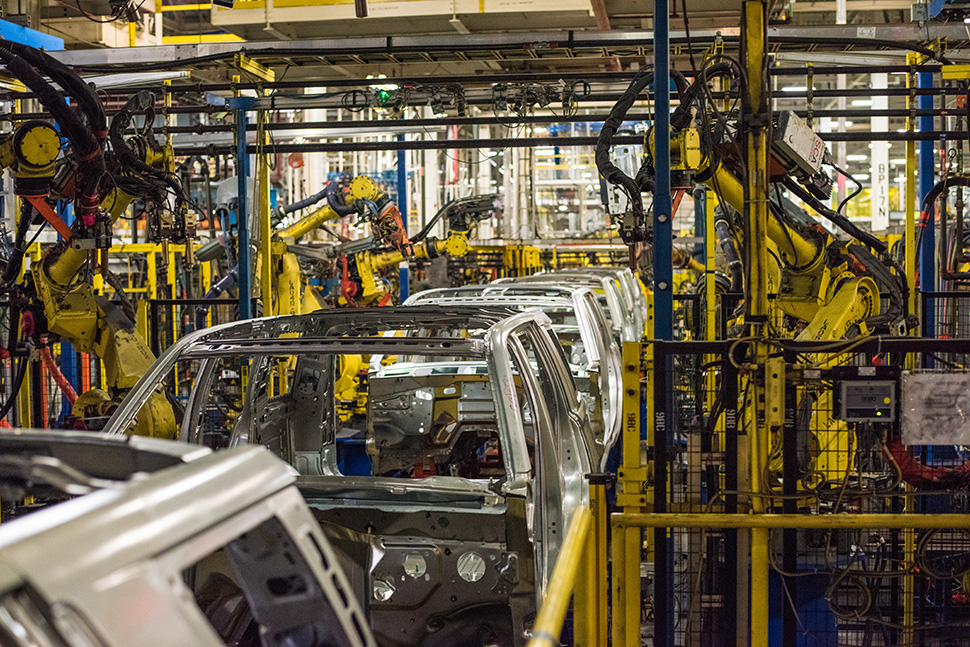
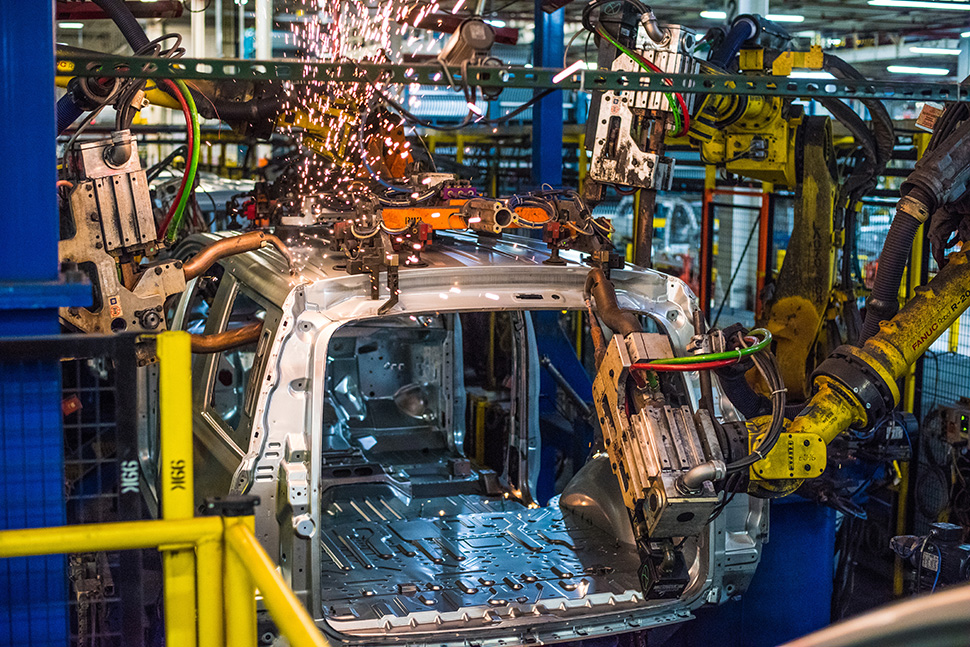
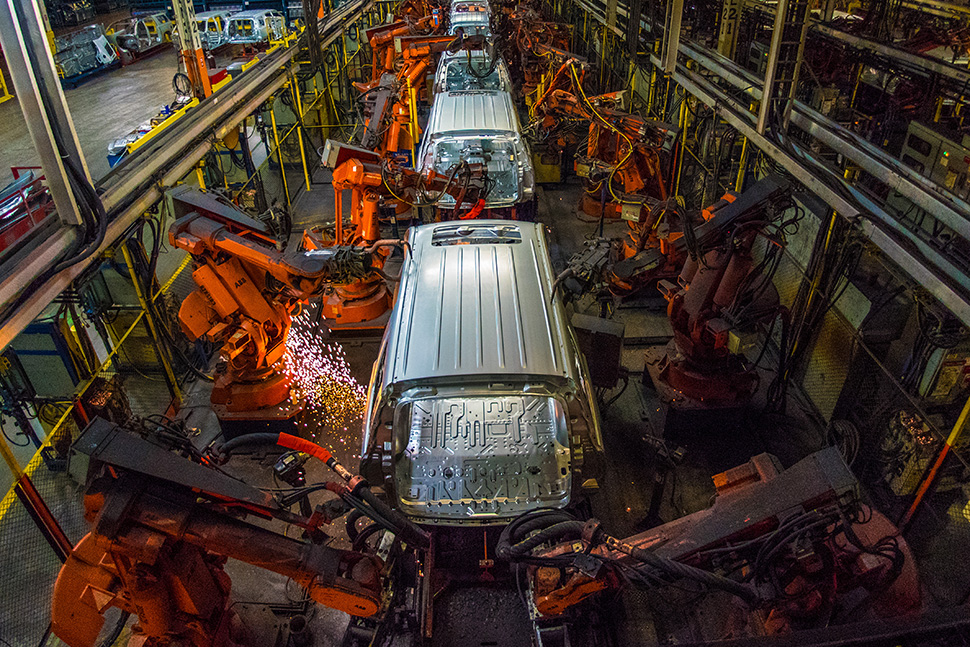
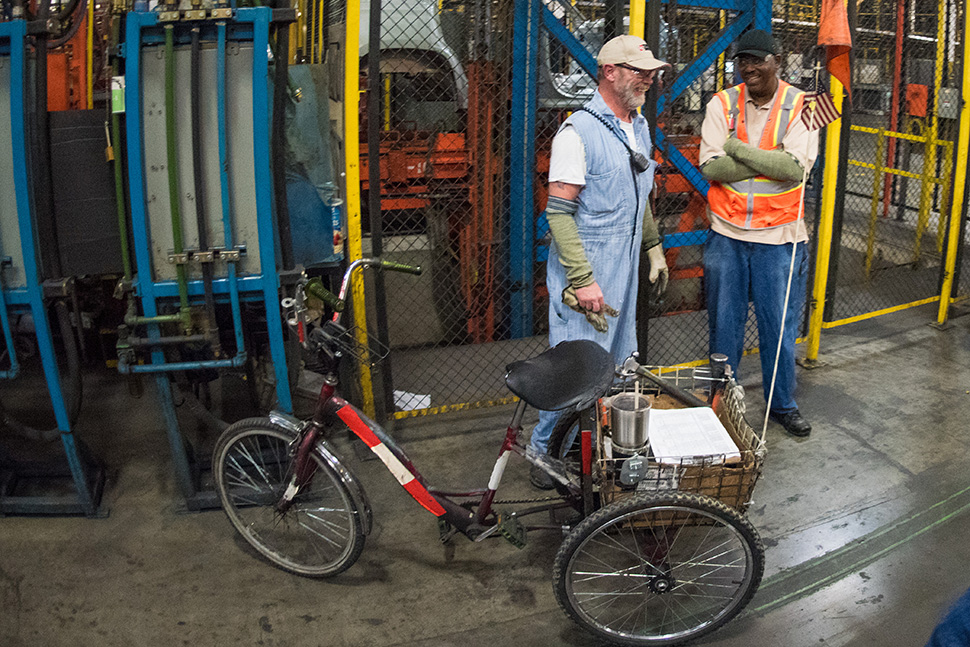
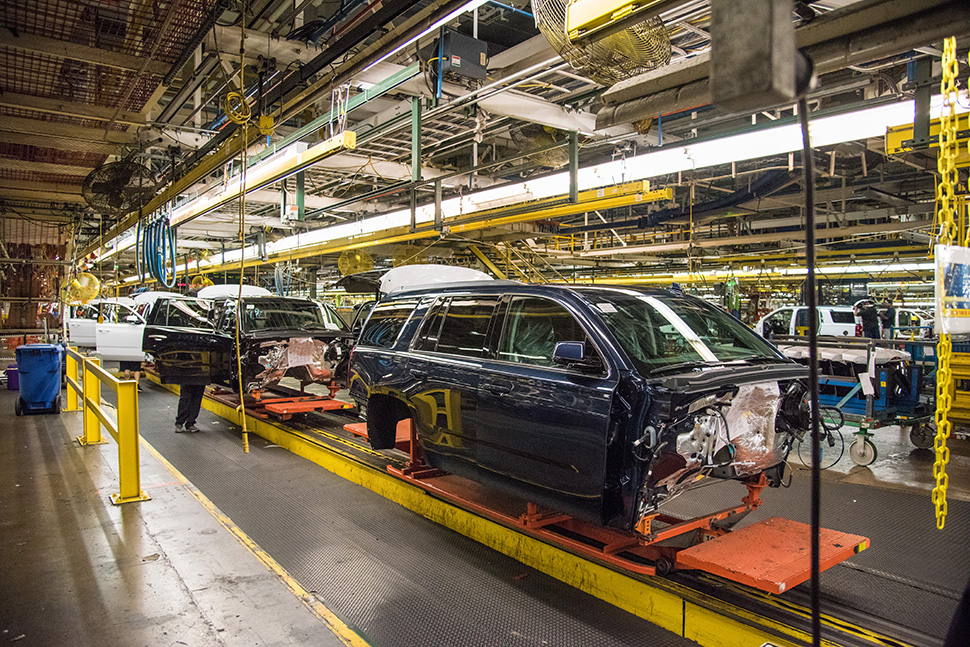
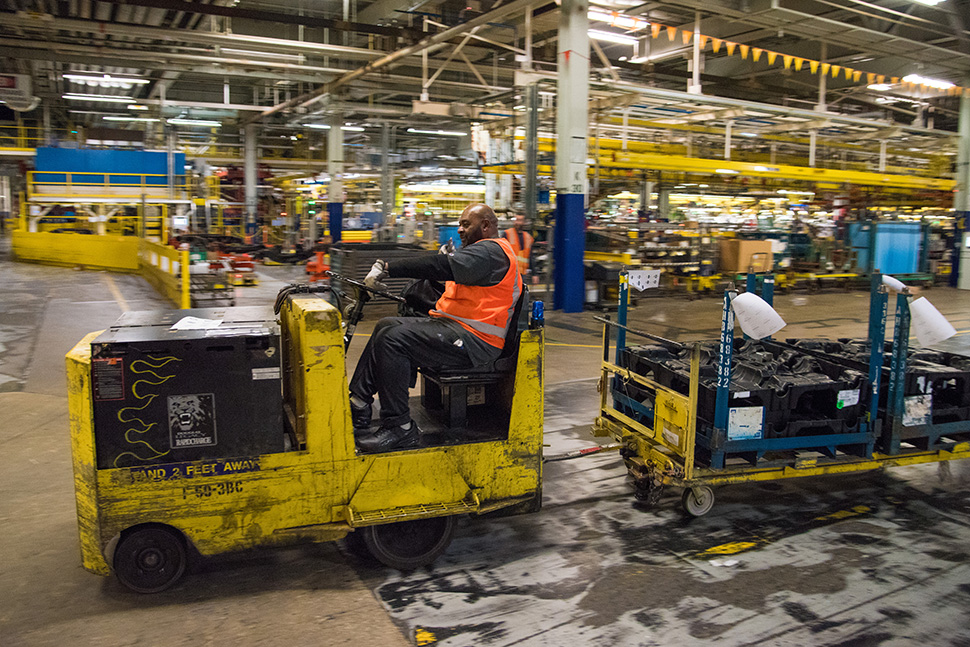

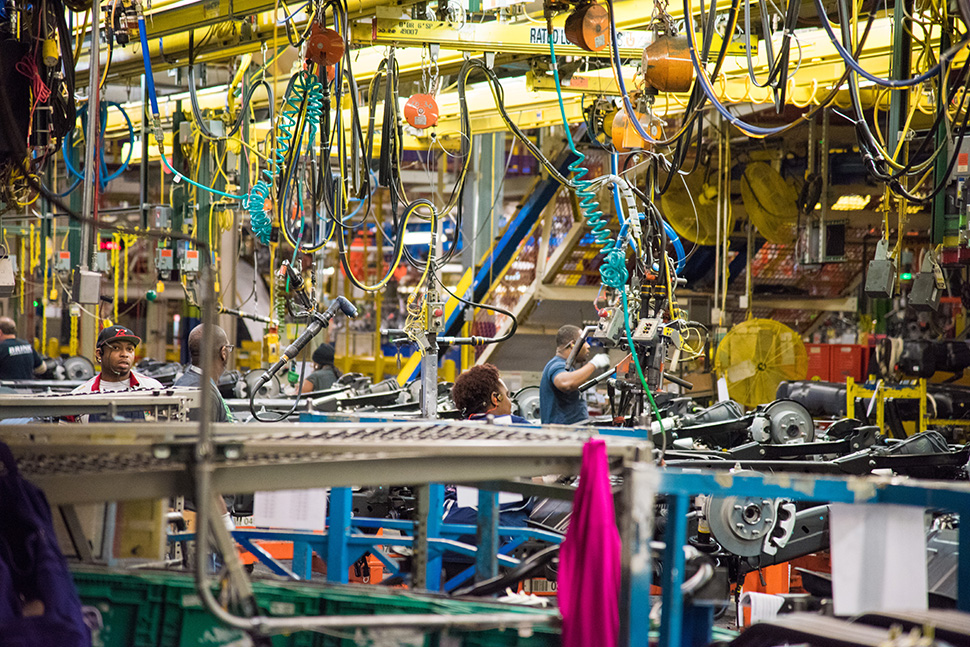

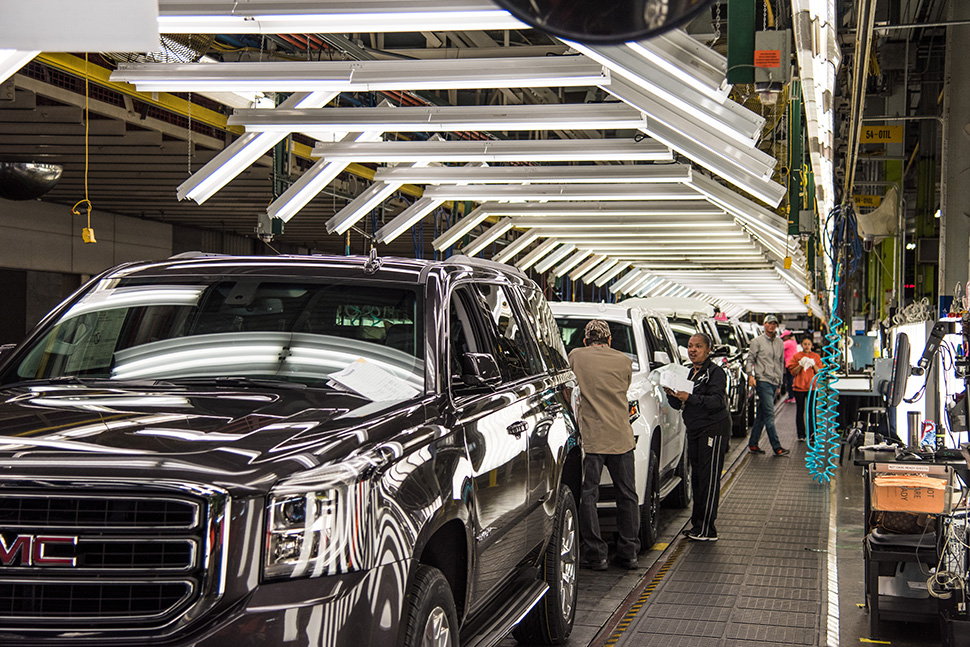
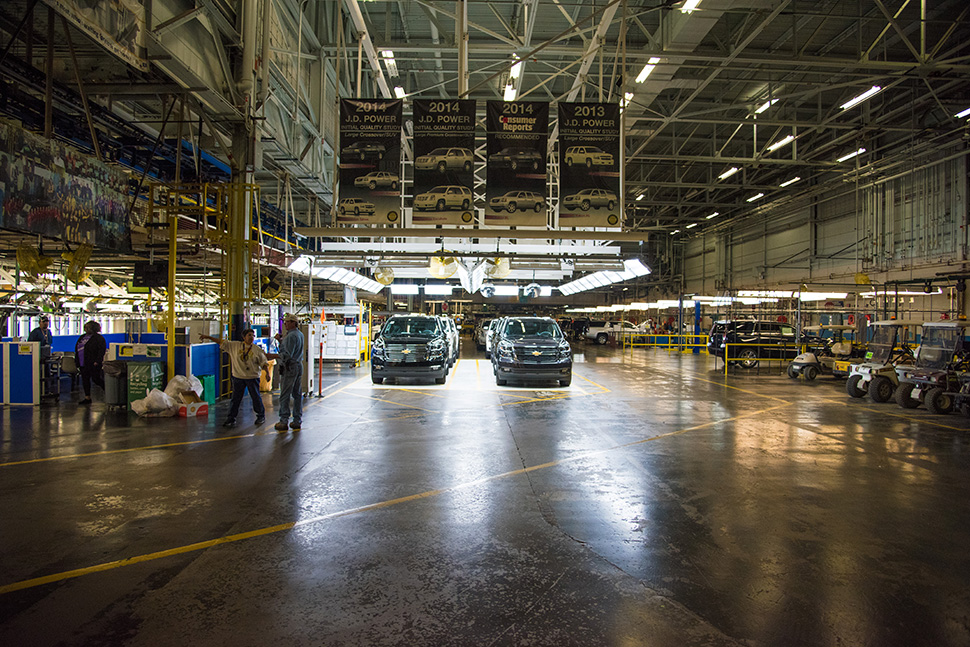
Delivering what’s new and next in Dallas-Fort Worth innovation, every day. Get the Dallas Innovates e-newsletter.

